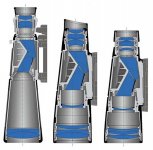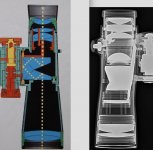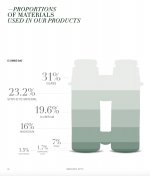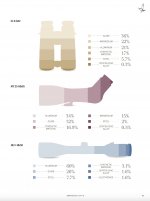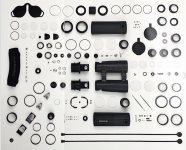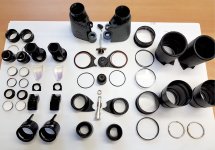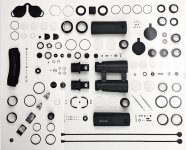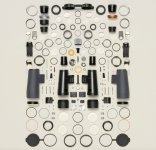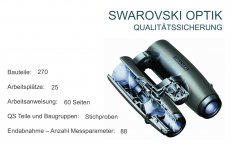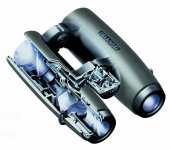Just to wrap up, perhaps an apology is in order if some of my posts have appeared aggressive or demeaning, but the original post was motivated by a personal situation that I was reluctant to disclose.
Many have kicked the bucket before they reach my age, so I have no complaints and sympathy would be unwanted and embarrassing.
However, as a 76 year-old cancer patient on fatigue-inducing anti-growth hormone therapy (the opposite of doping) I don't experience a 1200 g binocular as a burden after a couple of hours in the field and find it hard to understand the discussions on weight.
Many leisure activities involve volantarily induced pain but birding can bring so much pleasure for so little discomfort.
John
Many have kicked the bucket before they reach my age, so I have no complaints and sympathy would be unwanted and embarrassing.
However, as a 76 year-old cancer patient on fatigue-inducing anti-growth hormone therapy (the opposite of doping) I don't experience a 1200 g binocular as a burden after a couple of hours in the field and find it hard to understand the discussions on weight.
Many leisure activities involve volantarily induced pain but birding can bring so much pleasure for so little discomfort.
John






